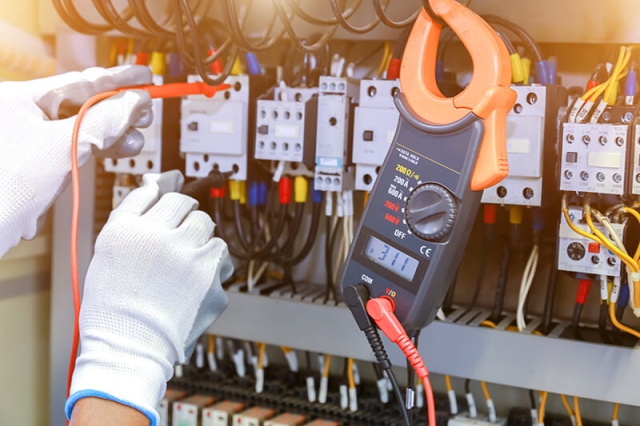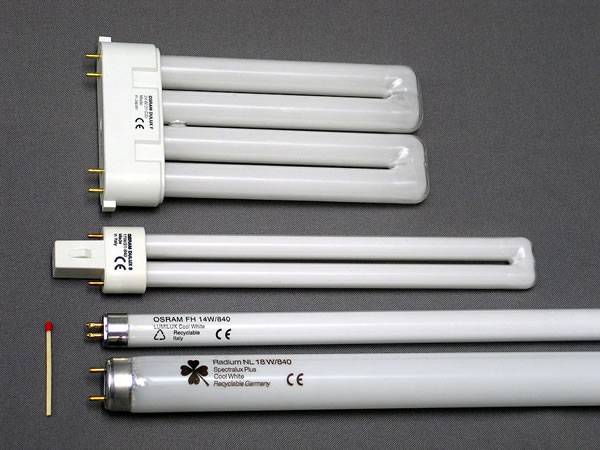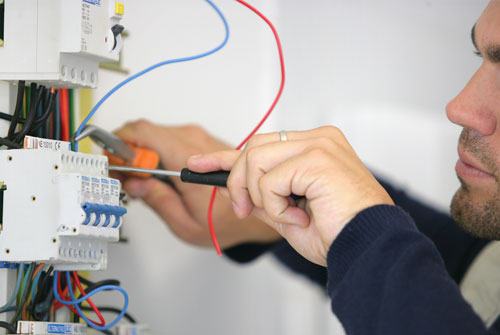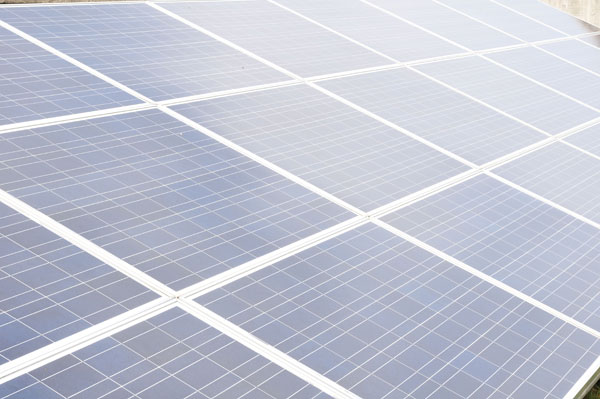Energy Savings for South London Schools, Colleges and University Sites

How you can save your south London school money?
This is a good question that has been asked by many a bursar. The answers are varied ranging from cutting staff, through turning down the heating slightly to sourcing cheaper consumables. But there is a simple and straightforward answer to this thorny issue – lighting.
According to the Carbon Trust, lighting can account for 40% of the electricity bill in any workplace so if there was a way that you could save up to 80% on lighting, you could reduce your overall electricity bill by over 30% which is a significant saving.
The most obvious way to reduce your lighting costs would be to turn off lighting in classrooms, offices, corridors and storage spaces when it was not needed.
There is no question about it where incandescent lighting, including halogen bulbs, is used, they should be switched off as soon as they are not needed in order to save energy.

Where fluorescent lighting is fitted, it is not so clear cut. Firstly, let’s clear up a myth. It is widely believed, probably even amongst your science staff, that fluorescent lighting uses a lot of energy to start and so once on, they should be left on. There is indeed an ‘inrush’ current but it only lasts for 1/120th of a second. Over the lifetime of the tube or CFL (compact fluorescent lamp) it is therefore absolutely negligible. Turning them of for more than 5 seconds will save more energy than is consumed switching them back on again.
However, a more practical reason to leave fluorescent lights on is that each time you switch on and off, it slightly shortens the lifetime, increasing the replacement costs. Generally speaking, if the room or corridor is to be unused for less than 15 minutes, they should be left on. This will give you a good balance between energy savings and increased maintenance.
Most schools colleges and university buildings in south London will be fitted with T8 fluorescent lighting, changing to T5 will immediately make savings without compromising the quality of lighting but that’s not the best solution.
The best way to save on lighting for your educational building
The best way to save that 80% on your lighting bill is to upgrade to LED lighting. There are numerous luminaires that can be fitted on a ‘straight swap’ basis, reducing the initial cost and keeping fitting time to a minimum. The life of LED lighting for schools, colleges and universities is not affected by how many times it is switched on or off which means that even if a room is vacant for just a few minutes, switching off all of the lights will add up to considerable savings over the academic year.
Rather than leave it to staff to remember to turn off the lights, they can be connected to occupancy sensors so they will respond to the presence of staff or students entering or leaving the room. This is particularly useful for corridors and could save hundreds of pounds each year. LEDs switch on almost instantly and immediately at full brightness, unlike fluorescent lighting.
The other way of saving energy on school lighting bills is to switch off the lights when there is sufficient light coming in from outside – how often do you see staff with the lights blazing in the middle of the summer term on a bright and sunny day? The nature of LED lighting makes them perfect for this purpose – with daylight sensors set to the appropriate level, this becomes automatic and, where the light comes in from just one side of the room, the LEDs can be wired into the sensors in clusters so that the darker half of the room is illuminated properly giving a better working environment.
So if you want to start saving your south London school, college or university an awful lot of money each year, give us a call on 07956 523316 for a chat with one of our fully qualified and trained commercial electricians in south London.



